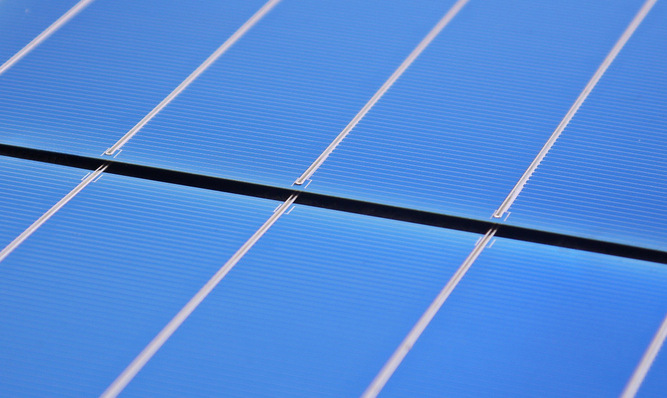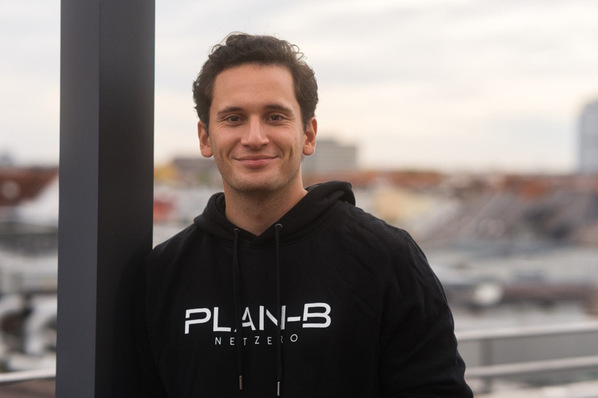Electric vehicles are becoming increasingly popular, with the number of electric cars worldwide passing the two million mark at the end of 2016. By 2030, up to 50 million cars will be on the road, according to an estimate by the International Renewable Energy Agency (IRENA). In the last six months alone, around 450,000 electric cars and plug-in hybrids were sold in Europe. This represents a 47% increase in demand as compared to the previous year. The market continues to be dynamic in Germany too: According to the German Federal Motor Transport Authority, in the period from January to August 2017, the number of new electric vehicles registered grew by 135 percent compared to the previous year. For plug-in hybrids this figure was 116.9 percent.
However, this increase in demand for clean mobility solutions cannot be fulfilled by just the vehicles themselves. There is also a need for comprehensive charging infrastructure with a sufficient number of charging stations and technologies in order to make electric charging attractive for users.
Charging infrastructure a prerequisite
Owners of electric vehicles can currently charge their car at over 50,000 charging points in Europe. The latest statistics from the German Federal Association of Energy and Water Industries (BDEW) reveal that Germany alone is home to approximately 10,700 such points. With around a million e-cars predicted to be on the road in Germany by 2020, the industry association forecasts demand for 70,000 public charging points and 7,000 supercharging stations. This should enable longer journeys along highways, among other things. Some companies have recognized the potential of e-mobility and the associated charging infrastructure and are working to bring in additional charging stations. For example, the energy company innogy, which is exhibiting as part of The smarter E, recently received German government approval for subsidies to create an additional 2,490 charging points at 1,245 charging stations.
Between energy supply and the automotive industry
E-mobility is also a driving force of the solar industry, where the automotive and energy sectors are closer together than anywhere else. This is precisely where Power2Drive Europe comes in, closing the gap between the energy and transportation sectors. Instead of feeding excess power generated by PV installations into the grid, this power could alternatively be used to charge electric vehicles. Politics must play a role here by promoting the growth of e-mobility by extending development efforts to the field of renewable energies.
Broad spectrum of exhibitors
Power2Drive Europe offers a comprehensive program that highlights all aspects of e-mobility and charging infrastructure. The program is rounded off by the accompanying conference, where experts will take a closer look at current trends and developments. In the exhibition halls of The smarter E themselves, energy companies will be joined by other well-known exhibitors from the automotive and storage industries.
These include ABB Solar GmbH, Delta Energy Systems (Germany) GmbH, innogy SE, Kreisel Electric GmbH & Co. KG, Phoenix Contact Deutschland GmbH, Siemens AG, Tesla and more. Power2Drive Europe is one of four energy exhibitions which will open their doors in Munich from June 20–22, 2018. Intersolar Europe, ees Europe and EM-Power will also be held at the same time. (HCN)
Read more about energy storage
Stay informed, get our free newsletter, twice a week. Register here.







